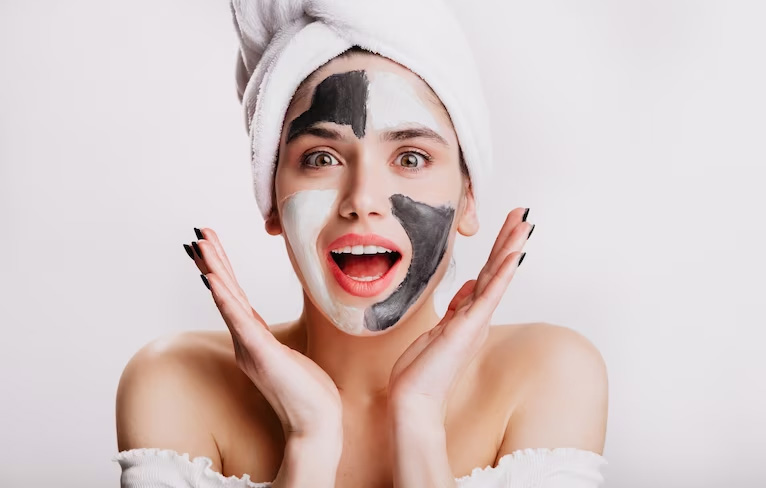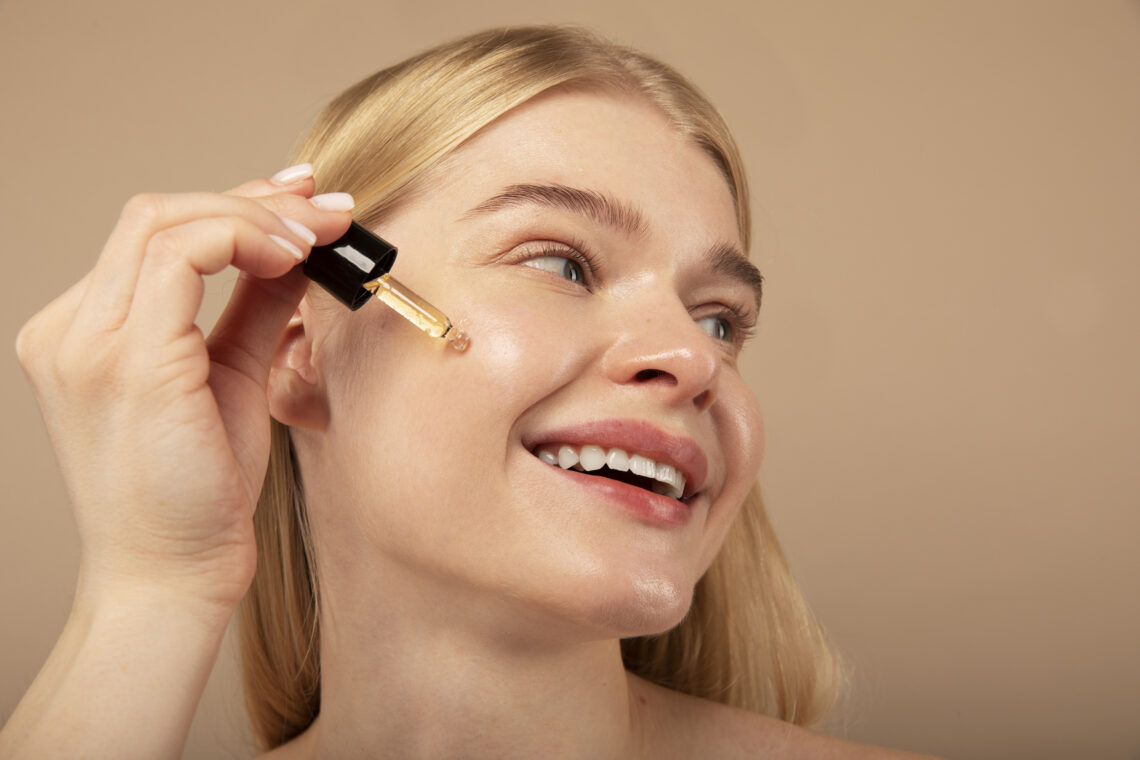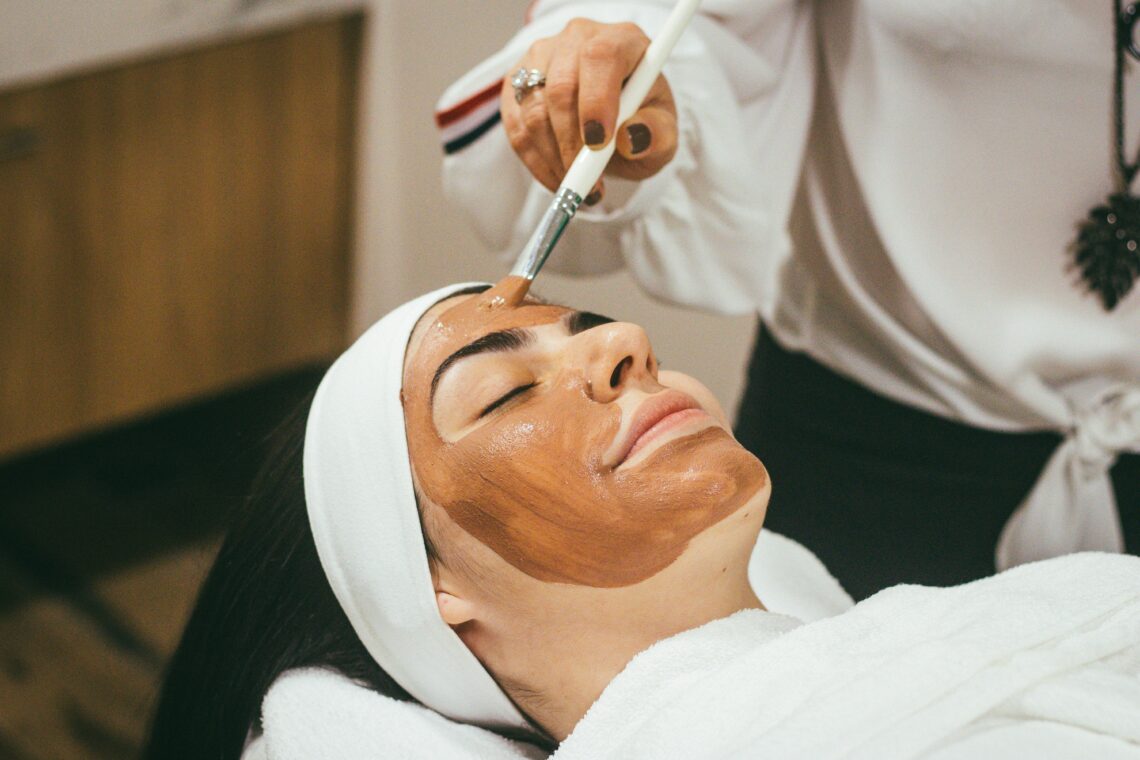If you’re blessed with an oily skin type, you’ve got a unique skincare journey ahead of you. But don’t fret! We’re here to take you on an exciting ride through the world of anti-aging skincare ingredients that are perfect for your skin. While we’re at it, we’ll also uncover how to use these ingredients without causing sun sensitivity, allergies, or pore congestion. So buckle up, your skincare routine is about to get a major upgrade!
Retinol: The Timeless Classic
Let’s kick off with one of the all-time skincare champions – Retinol. This Vitamin A derivative is your go-to for stimulating cell turnover, reducing fine lines, and unclogging pores. Its transformative effects make it a must-have for oily skin types. It’s found in numerous over-the-counter products.
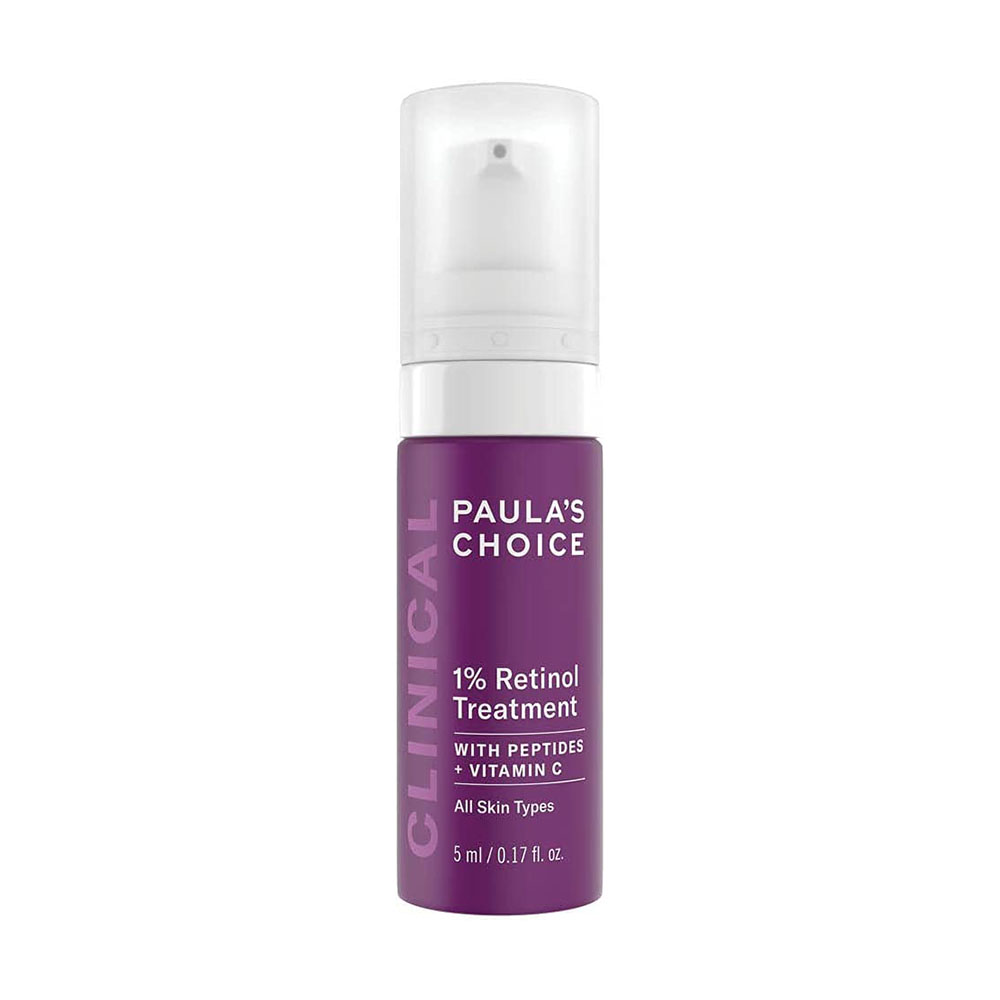
Paula’s Choice Clinical 1% Retinol Treatment is definitely a fantastic option for you. The nature of lightweight and absorbs quickly, making it a convenient addition to any skincare routine. It’s also enriched with potent antioxidants and soothing plant extracts to minimize the potential irritation often associated with retinol use. Check here->
Retinol can make your skin sensitive to sunlight, so it’s key to apply it at night and follow up with a broad-spectrum SPF during the day. Start with a small amount twice a week and gradually increase it to prevent any initial irritation.
Niacinamide: The Oil Controller
As an oily skin type, you’re going to love Niacinamide. This form of Vitamin B3 helps regulate sebum production, minimize large pores, and improve overall skin health. It has multiple benefits, including improving skin elasticity, reducing inflammation, and evening out skin tone.

La Roche-Posay Pure Niacinamide 10 Serum is formulated to be lightweight and easily absorbed, making it perfect for oily skin types. As an added bonus, it’s also quite affordable compared to many other niacinamide products on the market. Check here->
Start with using it every other day and build up to daily use. Apply it in the morning after cleansing. If you’re new to Niacinamide, start with a lower concentration and slowly build your way up to prevent any potential irritation. It’s usually well-tolerated, but if you notice any sensitivity, scale back the frequency.
Hyaluronic Acid: The Hydration Maestro
Think oily skin doesn’t need hydration? Think again! Hyaluronic Acid is a stellar moisturiser that can hold up to 1000 times its weight in water. Making it an excellent ingredient for plumping up the skin and reducing the appearance of wrinkles. Its lightweight texture is perfect for oily skin.
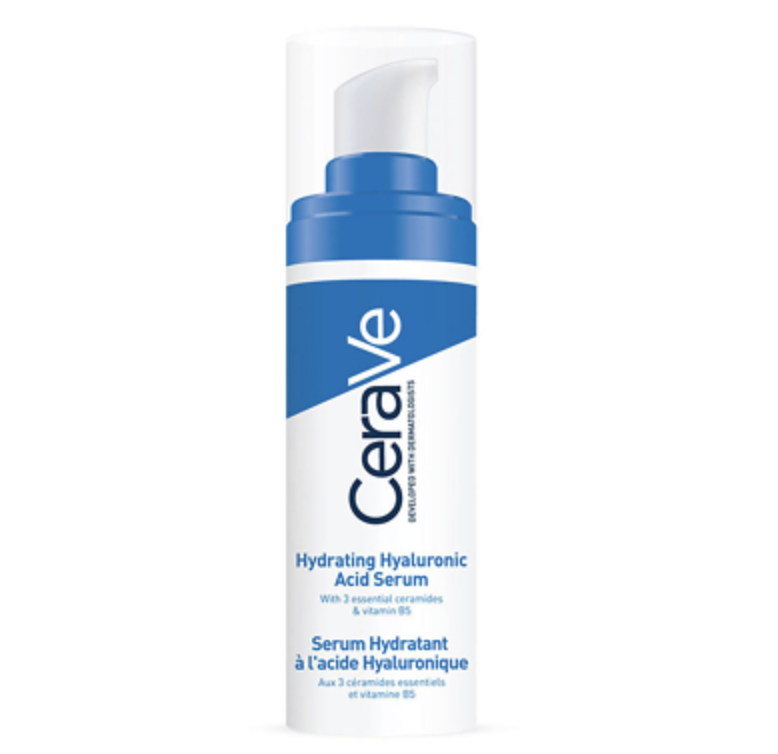
CeraVe Hydrating Hyaluronic Acid Serum is a great choice for those who desire hydration without the heaviness of traditional creams or oils. This serum harnesses the power of Hyaluronic Acid to draw moisture into the skin, reducing the appearance of wrinkles and leaving your skin looking plump and youthful. The lightweight, non-greasy formula is a bonus for those with an oily skin type. Check here->
Use it twice daily after cleansing but before applying heavier creams. As always, start small to ensure your skin reacts well.
AHA & BHA: The Exfoliating Experts
Alpha Hydroxy Acids (AHAs) and Beta Hydroxy Acids (BHAs) are your go-to for chemical exfoliation. AHAs, like Glycolic Acid, help shed dead skin cells, while BHAs, like Salicylic Acid, penetrate deep into pores to clear out excess oil, helping to prevent breakouts. Don’t know the exactly functions of them? Go explore different kind of Acids! ->
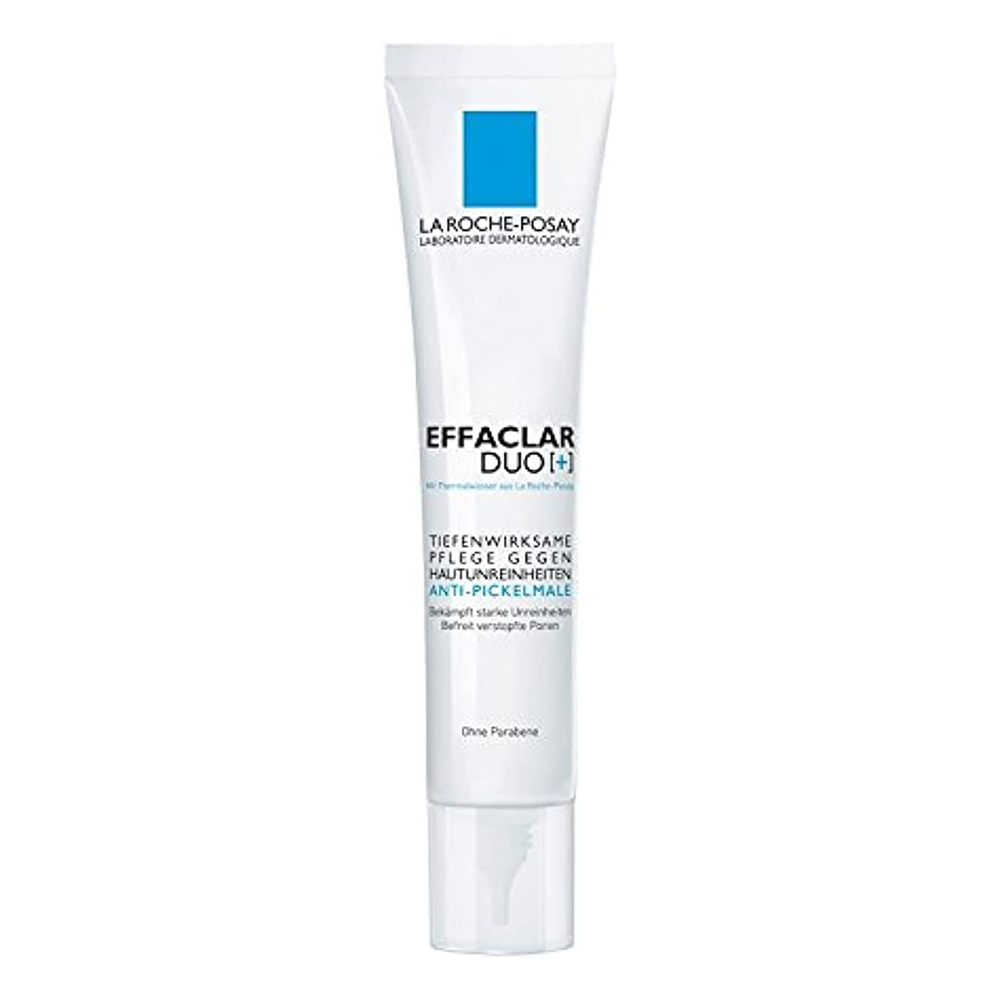
La Roche-Posay Effaclar Duo (+) Anti-Imperfections Moisturiser is great for incorporating Salicylic Acid into your routine. This moisturiser not only offers the benefits of Salicylic Acid but also includes other beneficial ingredients like Niacinamide and Lipo Hydroxy Acid (LHA) to further promote clear, healthy-looking skin. Check here->
Remember, AHAs and BHAs can increase sun sensitivity, so always follow with a broad-spectrum sunscreen.
Vitamin C: The Brightening Boss
Vitamin C is a potent antioxidant that protects your skin from environmental stressors, brightens skin tone, and helps reduce signs of aging. As a potent antioxidant, it protects the skin from environmental stressors like pollution and UV rays, neutralizing damaging free radicals that can accelerate skin aging. Vitamin C promotes collagen production, aiding in the reduction of signs of aging like wrinkles and sagging skin.

The Murad Environmental Shield VITA-C Glycolic Brightening Serum is a highly revered Vitamin C product, especially effective for anti-aging skincare routines. This serum combines the brightening power of Vitamin C with the exfoliating benefits of Glycolic Acid, resulting in a product that can help to fade hyperpigmentation, promote an even skin tone, and smooth skin texture. Check here->
Use Vitamin C in your morning routine after cleansing and before sunscreen. Start slow, and always do a patch test to ensure your skin can tolerate it.
Find Out Your Anti-Aging Routine
Now, let’s assemble these power players into a routine!
1. Niacinamide + Hyaluronic Acid + Salicylic Acid + Retinol
In the morning, cleanse your skin, apply a Niacinamide serum, follow with a Hyaluronic Acid moisturiser, and don’t forget your SPF. At night, cleanse (with your Salicylic Acid cleanser on alternate days), apply your Retinol, and seal it with a moisturiser.
2. Niacinamide + Hyaluronic Acid + Retinol
Have a more sensitive skin? No worries, you could use a niacinamide serum in the morning, followed by a hyaluronic acid moisturiser, then a retinol product at night. However, salicylic acid and retinol can be too much for the skin when used together, so alternate days when using these two.
3. Vitamin C + Niacinamide + Retinol
In the morning, cleanse, apply Vitamin C, and always finish with sunscreen. At night, cleanse, apply your Retinol, and follow with Moisturiser with niacinamide. Always listen to your skin. If you notice any discomfort or sensitivity, adjust your routine accordingly!
✨ Products We Mentioned Above:
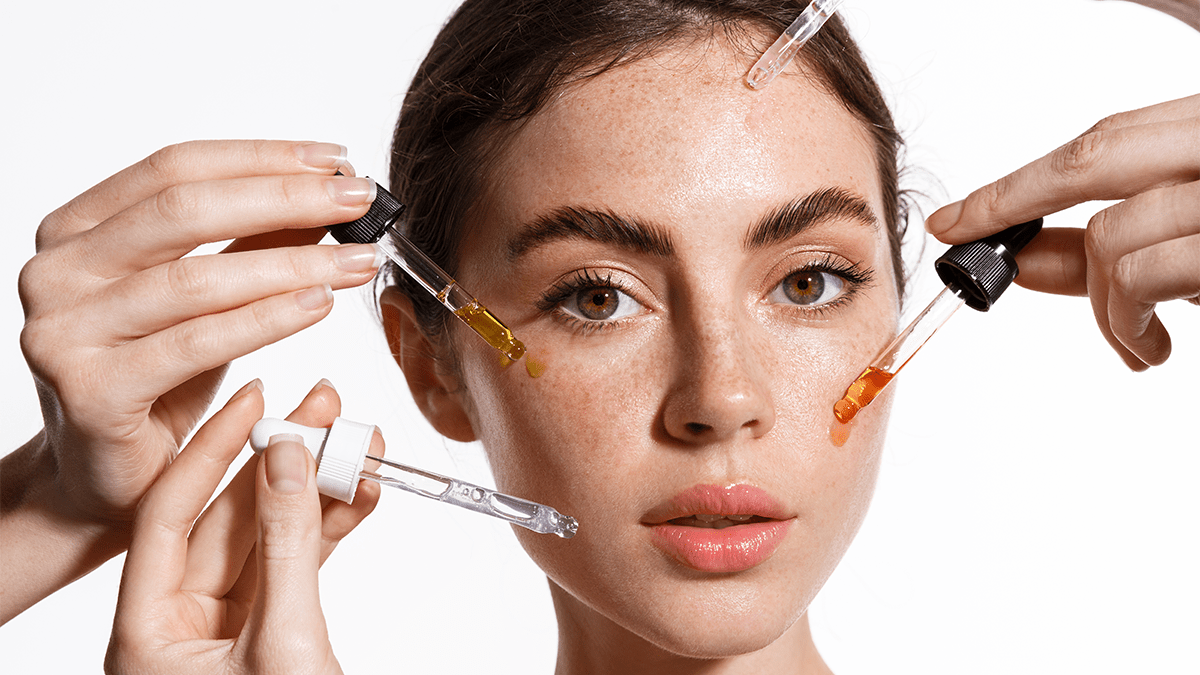
Remember, everyone’s skin is unique. Monitor how your skin responds and adjust the routine as needed. Always do a patch test when introducing new products into your routine, and consult with a dermatologist if you have any concerns.

